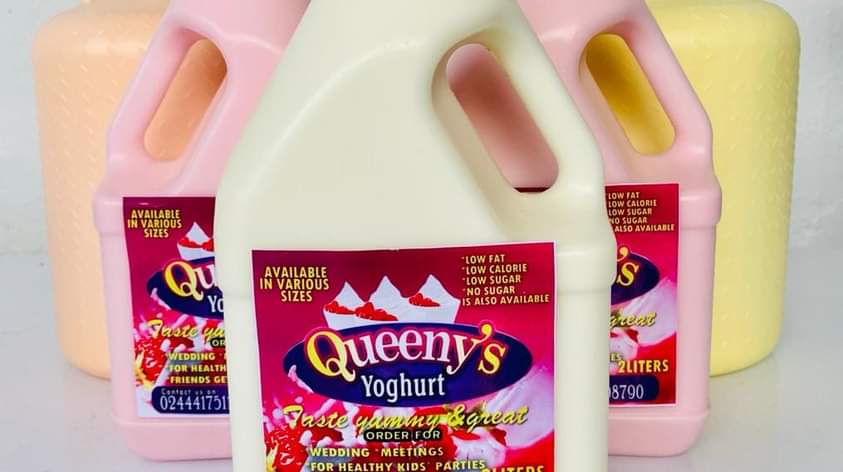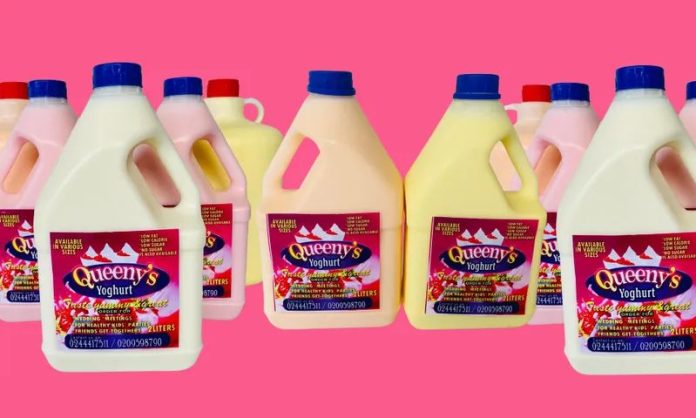Fresh yoghurt is a delicious and nutritious dairy product that has been enjoyed for centuries. It is not only a tasty treat but also offers numerous health benefits. Yoghurt is packed with beneficial bacteria known as probiotics, which promote a healthy gut flora and aid in digestion. Additionally, it is a rich source of calcium, protein, and vitamins. By preparing fresh yogurt at home, you can ensure the quality of the ingredients and customize it to suit your taste preferences.
Yoghurt is a dairy product that is made by fermenting milk using specific strains of bacteria. It has a creamy texture and a slightly tangy taste. The process of making yoghurt involves adding live cultures of bacteria, such as Lactobacillus bulgaricus and Streptococcus thermophilus, to milk. These bacteria convert the lactose in the milk into lactic acid through fermentation, which gives yoghurt its characteristic flavor and texture.
Why Make Your Own Yoghurt?
Making your own fresh yoghurt from cow milk has several advantages.
- It allows you to have full control over the ingredients, ensuring that no additives or preservatives are added.
- You can choose the quality of cow milk used, whether it’s organic or from a trusted source.
- Making yoghurt at home also provides an opportunity for experimentation, allowing you to add different flavors or toppings to create a personalized yoghurt experience.
Health Benefits of Yoghurt
Yoghurt is good for your health. These are just a few of the benefits.
- Yoghurt improves digestive health.
- It enhances immune function.
- It aids in nutrient absorption.
- Yoghurt promotes bone health.
- Yoghurt supports weight management and satiety.
There are many others. We shall dedicate a whole post to the health benefits of yoghurt in subsequent post.
Read also: The 11 Amazing Ginger Health Benefits and Nutrition Facts
Preparing Fresh Yoghurt from Cow milk
Now let’s get on to how to prepare your delicious fresh yoghurt from cow milk. You can call it cow milk yoghurt.
Items needed
- Fresh Cow Milk
- Container for pasteurization {e.g. Stainless steel)
- Thermometer (scientific type, must be above 80°c)
- Measuring cylinder
- Heat source (e.g. Gas Cooker)
- Water bath
- Stirrer (e.g. Wooden ladle)
- Container for incubation (e.g. Plastic)
- Culture
- Sugar or sweetener
- Flavour of your choice (Strawberry, Vanilla, Pineapple etc)
- Preservative (e.g. Sodium benzoate); optional.
Method
For the 10 litres of cow milk to prepare the yoghurt use;
- 200mls – 250mls of culture ( Note: This culture is collected from previously prepared yoghurt).
- 150g sugar or as preferred.
- 1g citric acid or sodium benzoate or you can ignore the preservatives.
Read also: ExtraO Health Benefits of the tiny Quail Eggs and Side Effects
Procedure
You are producing yoghurt from ten (10) litres or 10,000mls of fresh cow milk;
- Measure 10litres of cow milk into a clean cooking container. Avoid using your daily cooking pot to avoid contamination of the milk.
- Pasteurization (the act of heating): Pasteurize (heat) the mixture to a temperature of 72°c with the aim of killing every harmful bacterial in it.
Note: At the pasturing chamber (kitchen), keep on stirring whiles taking the temperature readings until it reaches the required temperature (72°c). - Water bath: After pasteurization, take the mixture in the container and lower into the water bath containing enough water. This drops the temperature quickly to 44-46°c, which is the ideal medium for the bacteria in the culture.
- Addition of culture: At a temperature of 44-46°c, add the culture and stir to get a uniform mixture. Stirring helps to activate the bacteria.
- Incubation: Store the mixture (incubate) for about 6-8 hours, in a plastic container with a tight lid.
- The yoghurt is done, without any additives.
Note: A prepared yoghurt without any additives can be used as a culture for subsequent production. - Add sweeteners/fruits or flavour.
- Add preservatives.
- Package and label.

You can also use powdered milk instead of cow milk. Try it at home and let’s see how it comes out. You could also make a business out of it.


